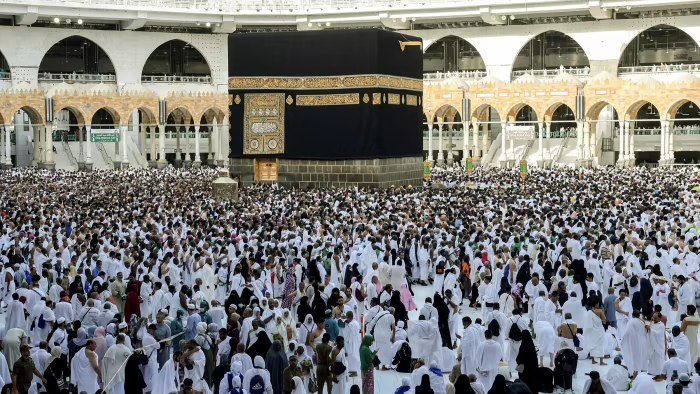The Maqam Ibrahim is an important historical and spiritual site located near the Kaaba in the Masjid al-Haram in Makkah. It is believed to be the stone upon which Prophet Ibrahim (Abraham) stood while building the Kaaba with his son, Prophet Ismail (Ishmael). The stone bears the imprint of his feet, symbolizing his connection to the sacred act of constructing the house of Allah. The significance of Ibrahim’s station goes beyond just its historical value; it is a symbol of faith, devotion, and submission to Allah’s will, which is why it holds such an important place during Hajj.
As one of the sacred places in Makkah, the Maqam Ibrahim is a site of great reverence for Muslims. Pilgrims visit this location during their Hajj journey, reflecting on the sacrifices and unwavering faith of Prophet Ibrahim. After completing the Tawaf rituals around the Kaaba, pilgrims pray two units of prayer (Rakaat) near the Maqam Ibrahim, following the example of the Prophet Muhammad (PBUH). This practice is a way of honoring the profound devotion of Prophet Ibrahim, whose commitment to Allah is a model for all Muslims.
The Tawaf rituals play an integral role in Hajj, and the Maqam Ibrahim is a key part of these sacred practices. Pilgrims often make a point to perform the Tawaf and then pray near the Maqam Ibrahim, symbolizing their own submission and devotion to Allah.
As a part of the Hajj pillars, the Maqam Ibrahim is directly tied to the central aspects of the pilgrimage. It represents the enduring legacy of Prophet Ibrahim’s devotion and highlights the deep spiritual connections that bind Muslims to their faith and to the history of Islam.

